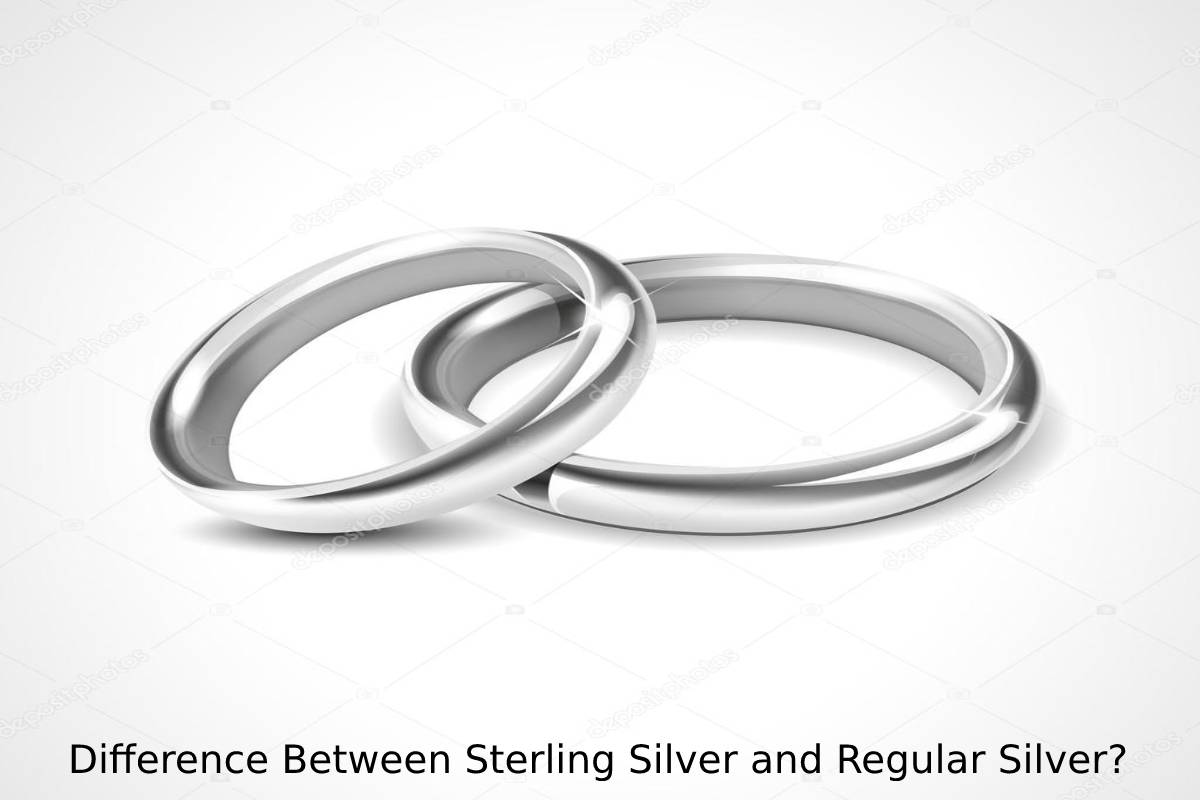Sterling silver is a metal tone that goes with a wide variety of stones, or it can be worked beautifully on its own with patterns and shapes to catch the eye. While pure silver is 99.9% silver concentration, it’s simply too soft to function well as jewelry. However, with a small number of other metals, silver becomes sterling silver and offers much more durability.
Table of Contents
What Goes Into Sterling Silver?
While true silver is too soft, sterling silver includes 7.5% copper, nickel, or zinc. If you are one of the many people that can’t tolerate nickel, you can still get sterling silver necklaces, rings, and earrings with all the glow of silver and none of the itchiness and irritation if you get them from places like Silpada.
Shaping Options, Damage Risks
Once the silver is mixed to the sterling percentage, which is 92.5% silver and 7.5%
- zinc
- copper
- nickel
it’s quite a bit harder and easier to shape. However, it can still tarnish and turn dark. A skilled silversmith can work either, but if you want a silver piece of jewelry with a gemstone, it’s a good idea to avoid a pure silver setting. Should the metal get bumped around, you may lose the stone when the setting bends or fails.
Finally, be aware that pure silver will be more likely to scratch. Properly cared for, your sterling silver pieces can be just as shiny as a pure silver piece without the risk of damage.
Check the Stamp
Pure silver items will have a stamp of 999 or 99.9 as an indicator of purity. If you love to peruse antique jewelry and find a piece that’s badly tarnished at a great price and it as a purity stamp, consider taking it to a jeweler to polish and remove the tarnish.
While a thick setting around a gem will tolerate your polishing, the pressure of removing a heavy layer of the tarnish off a fine chain can damage the links and may even break the chain. Once you get it cleaned up, you may want to store it in an airtight bag that won’t the item.
Watch Out for Length and Weight
One of the big challenges when choosing silver jewelry, especially if you love to layer different pieces, is the risk of dings and bumps. This is when looking for sterling silver pieces that will be most helpful to you. Too many pieces of pure silver may well lead to several pieces that are badly battered.
If you are prone to common allergic reactions, such as nickel, keep an eye out for sterling silver that is a blend of copper and silver. This should be just as reflective as solid silver, a similar density to the nickel blend, and non-reactive for your ears, fingers, and neck.
Silver jewelry offers a really consistent tone for combining or stacking jewelry. While the tone of gold can change from piece to piece, generally a silver necklace will work well with other silver necklaces. Store them in airtight bags and keep the tarnish down with a soft cloth.

